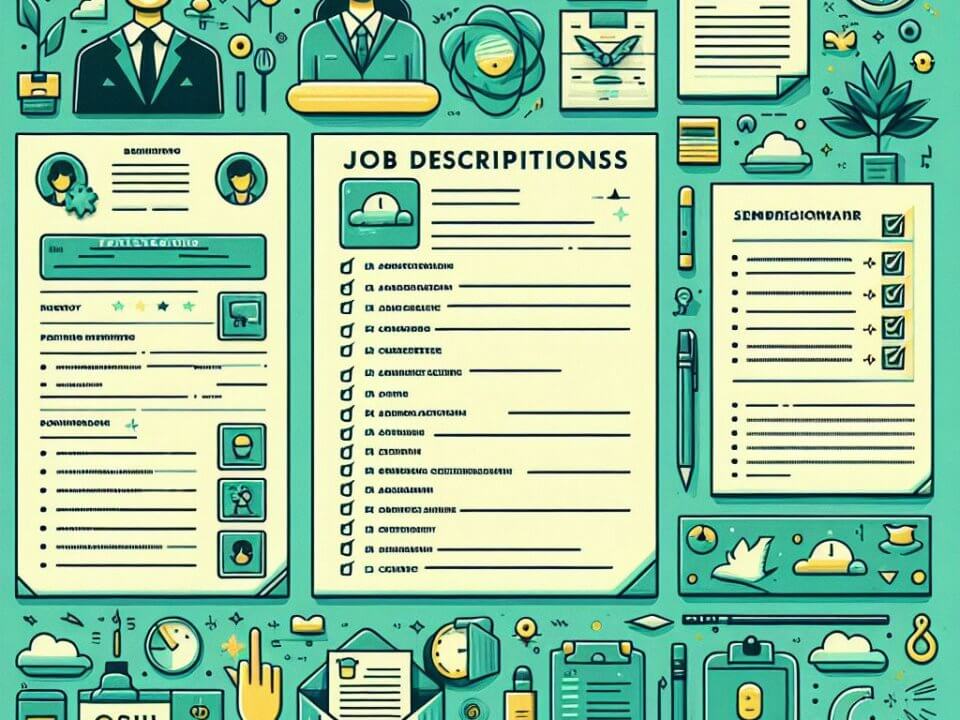Crafting an Exceptional Job Description: A Gateway to Recruitment Success

Unlocking Growth: Next Steps After Your Innovation Maturity Assessment
February 18, 2024
Technology scouting: preliminary study and technology tree
March 17, 2024
Creating a job description that truly resonates with potential candidates is an art that can significantly impact an organization’s success. It serves as a vital tool in attracting top talent, setting clear expectations, and establishing a solid foundation for employee growth and development. In this comprehensive guide, we’ll delve into the essential elements of an impactful job description and explore how it can drive positive outcomes for both employers and employees.
Section 1: Unveiling the Purpose of a Job Description
A well-crafted job description goes beyond a mere list of tasks and requirements; it acts as the initial point of connection between an organization and potential candidates. By clearly articulating the responsibilities, qualifications, and expectations associated with a specific role, it sets the stage for a successful recruitment process and provides valuable insight into the company culture and values.

Section 2: Key Components of a Standout Job Description
- Title and Job Summary
The title of the position should be concise and accurately depict the role, while the job summary should provide a brief yet comprehensive overview of the key responsibilities, reporting relationships, and the role’s overarching purpose within the organization.
- Essential Responsibilities and Tasks
It’s essential to clearly outline the primary tasks and responsibilities associated with the role. Using bullet points to provide a detailed breakdown of day-to-day tasks and expectations can enhance readability.
- Required Skills and Qualifications
Listing the essential skills, qualifications, and experience necessary to excel in the role is crucial. Specificity regarding educational requirements, certifications, technical skills, and other relevant competencies adds clarity.
- Company Overview and Culture
Offering a brief insight into the organization, including its mission, values, and workplace culture creates a broader context for potential candidates to assess their alignment with the company’s ethos.

Section 3: Striking the Right Tone and Style
Achieving a balance between professionalism and approachability is paramount when crafting a job description. Using clear and concise language to communicate job requirements and expectations, while also incorporating inclusive language, can help attract a diverse pool of candidates.
Section 4: Harnessing References and Best Practices
Referencing reputable sources such as the Society for Human Resource Management (SHRM), the U.S. Department of Labor, or established recruiting and staffing organizations can ensure that your job description adheres to industry standards and best practices. Incorporating insights from these sources lends credibility and demonstrates a commitment to professional guidelines.

Section 5: Connecting Back to the Impact of Effective Job Descriptions
As previously explored in our article “Understanding the Significance of Job Descriptions,” it’s evident that well-crafted job descriptions play a pivotal role in attracting the right candidates, fostering clear communication, and driving alignment within the organization. Embracing the elements discussed in this guide empowers organizations to create job descriptions that not only attract top talent but also contribute to organizational growth and prosperity.



